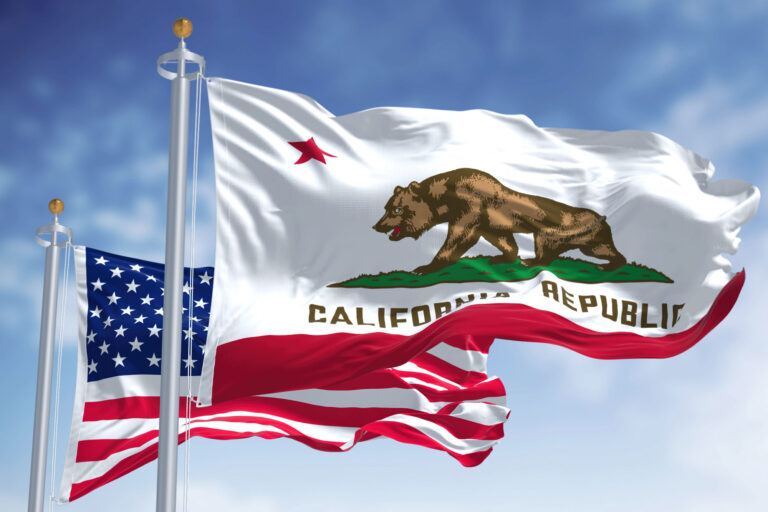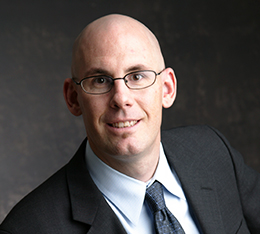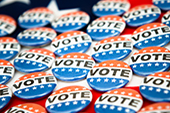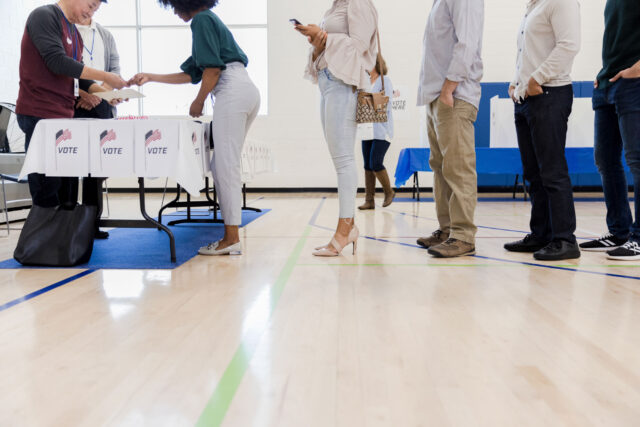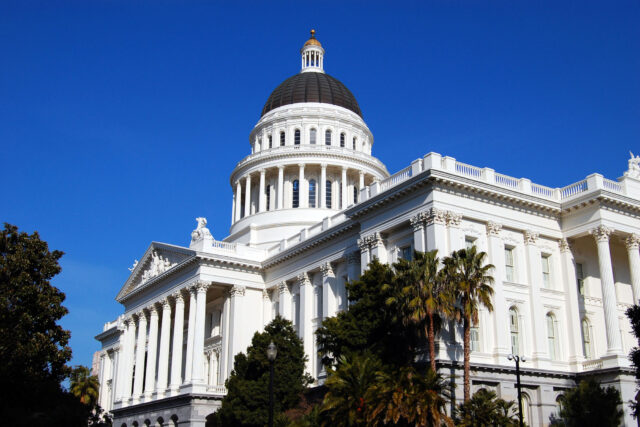With the election days away, Californians offer a complex assessment of democracy in America. While a record-high share have confidence in the state electoral process, fewer than half are satisfied with the way democracy is working—and Californians are divided about whether Americans of different political views can work out their differences. Striking differences in views between adults and likely voters are noteworthy, especially in the context of California’s exclusive electorate, which tends to be older, more affluent, and more likely to be white than the general population.
In the wake of the 2020 election, claims of a rigged election reached a crescendo on January 6, but talk of potential election irregularities had begun earlier, in 2016. Our recent September PPIC Statewide Survey indicated that overwhelming majorities of Californians—including solid majorities across regions and demographic groups—were at least somewhat confident that the 2020 election was conducted fairly and accurately. However, partisans were deeply divided, with three in four Democrats very confident and half of Republicans not confident at all that the election was fair.
Nearly two years after the 2020 election, fewer than half of Californians in our October survey are satisfied with the way democracy is working in the United States; that is, a slim majority are not satisfied. Views among those most likely to vote are even more dismal—just 40% are satisfied and 60% are not satisfied. Notably, the share of adults and likely voters who are satisfied has decreased 8 points since February.
The way in which Californians perceive democracy in America further depends on their political ties: half of Democrats are satisfied, while three in four Republicans are not satisfied; nearly six in ten independents are not satisfied. Satisfaction is also much higher among Latinos than among African Americans, Asian Americans, and whites. Across regions, residents in Los Angeles and Orange/San Diego are much more likely to be dissatisfied, while those in the San Francisco Bay Area, the Inland Empire, and the Central Valley are more closely divided.
Furthermore, Californians are closely divided on whether Americans of different political views can still come together and work out their differences—49% are optimistic and 46% are pessimistic. In contrast, likely voters are much more likely to be pessimistic (58%) than optimistic (39%). Optimism has fallen 7 points among adults and 16 points among likely voters since we first asked this question in 2017—at that time, about half or more across parties, regions, and demographic groups were optimistic.
Today, only about four in ten across parties are optimistic about people working out political differences. Optimism is highest in Orange/San Diego and lowest in the Central Valley. African Americans and Latinos are much more likely than Asian Americans and whites to be optimistic. Notably, optimism declines sharply with rising educational attainment and income.
The upcoming election, and how the public perceives results, will be an important moment in American politics. Stay tuned to the PPIC Statewide Survey as we continue to monitor the views of Californians on important midterm-related issues.
